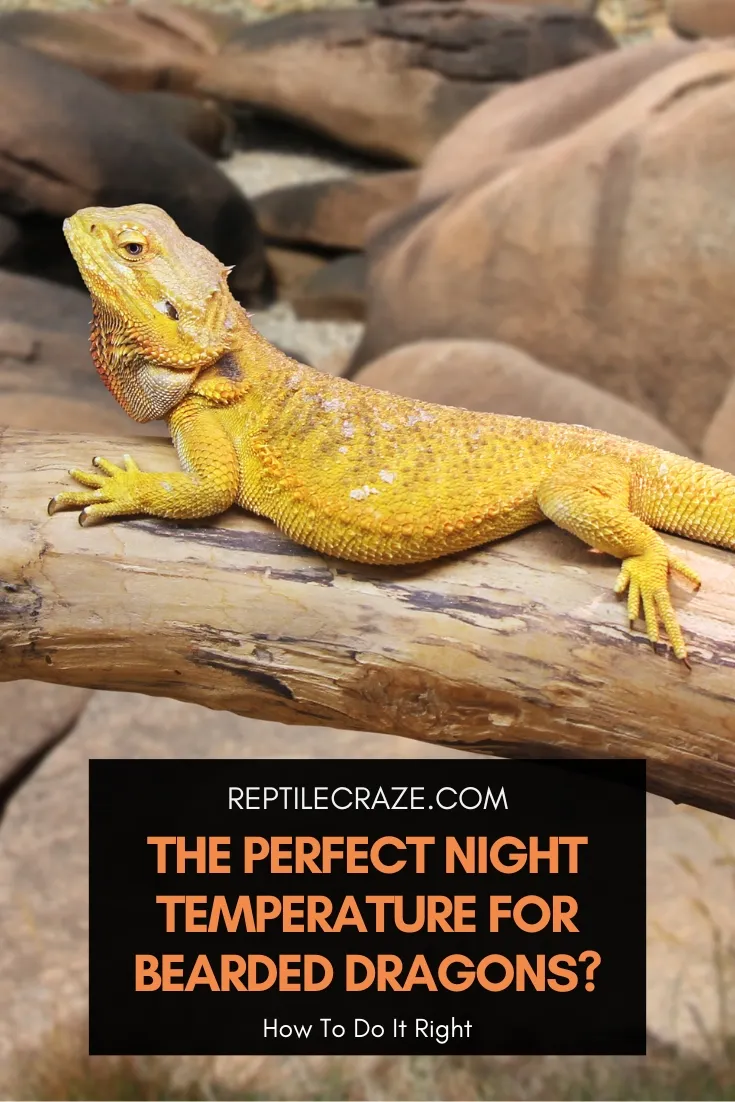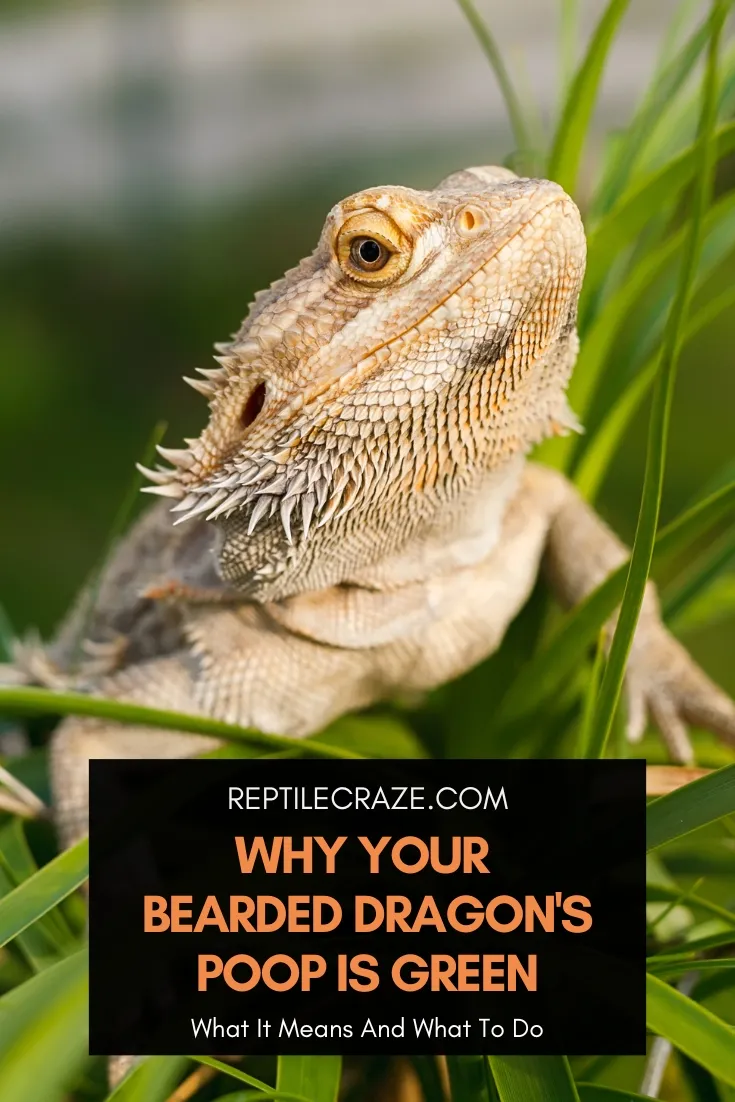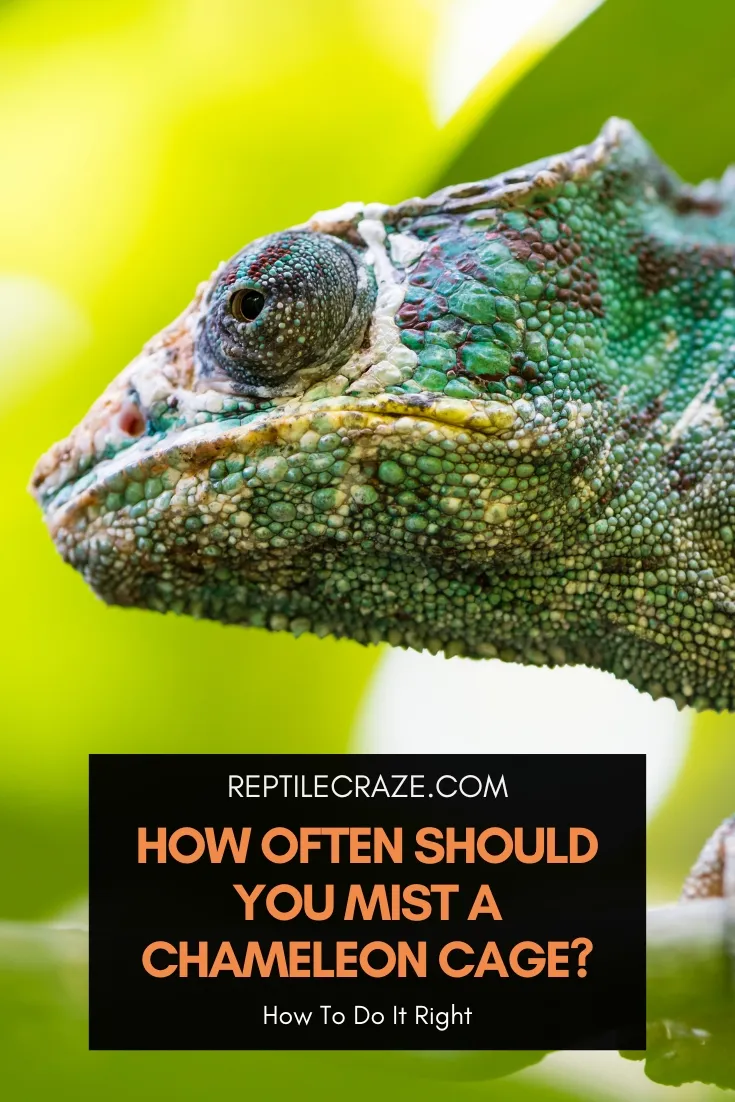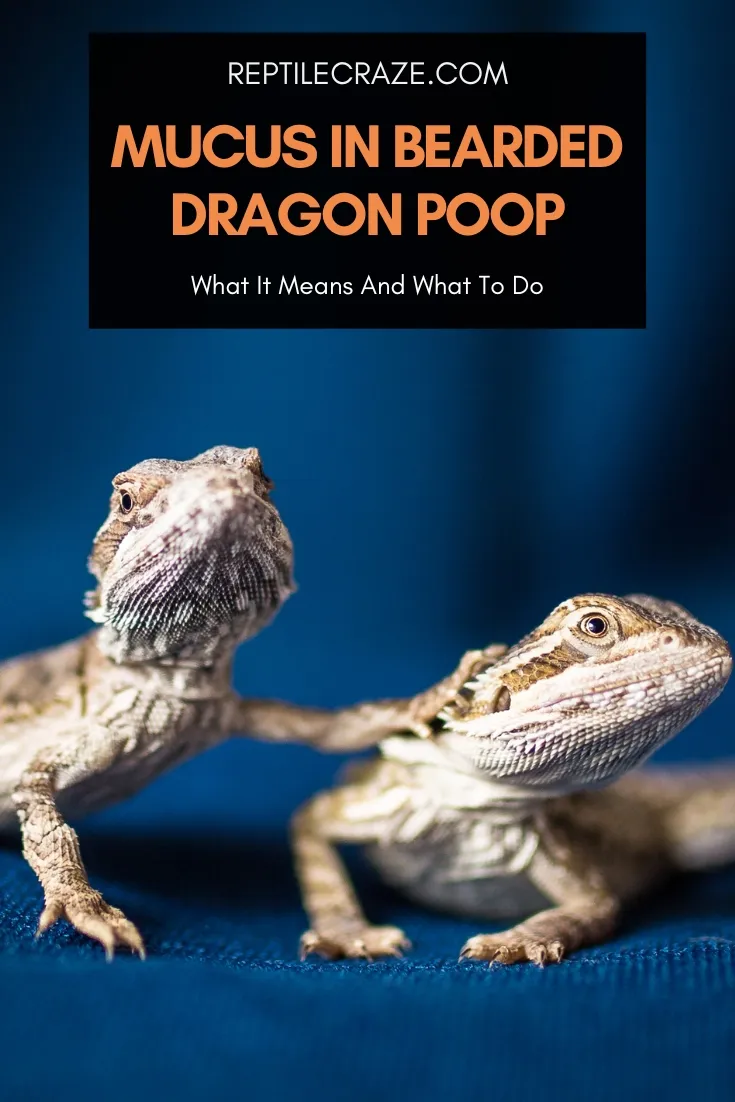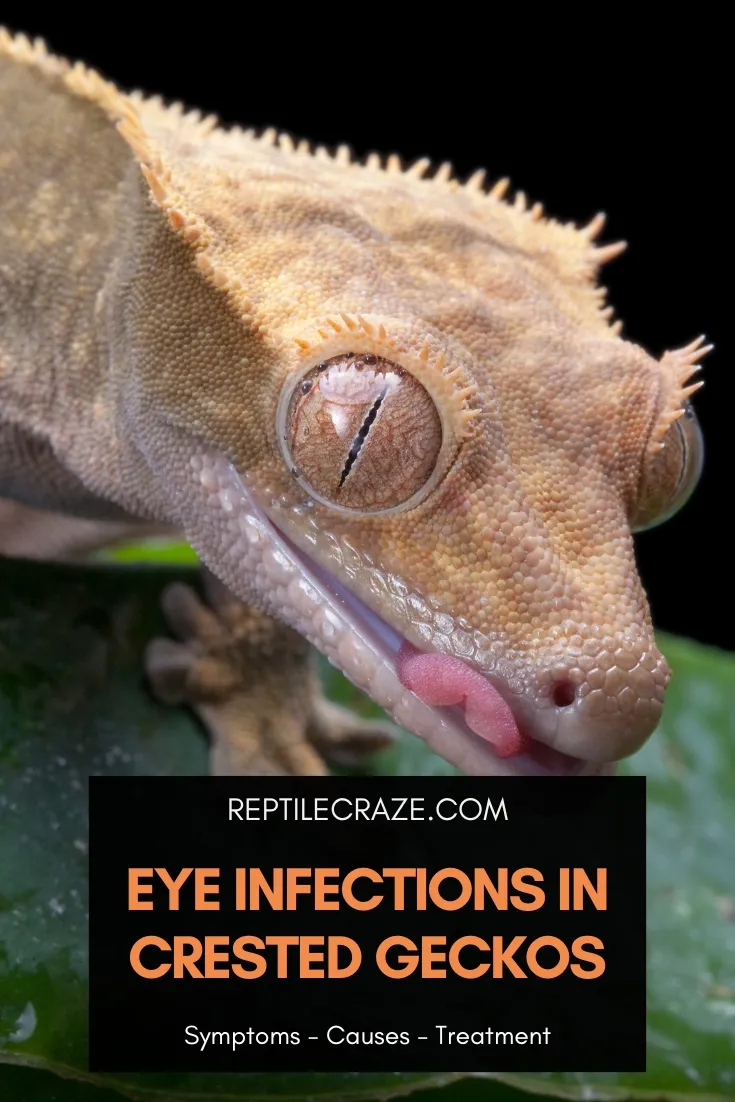Temperature can be a highly debatable issue in bearded dragon husbandry. You will find many articles giving conflicting answers on what the perfect nighttime temperature range for bearded dragons is. The perfect nighttime temperature range for an adult bearded dragon is 65°F–75°F (18°C–23°C). However, wild bearded dragons have been known to tolerate nighttime drops as …
Pierre And The ReptileCraze Team
One way to monitor your bearded dragon’s health is to watch its bathroom habits. It may be the last thing you want to see, but a beardie’s poop color holds important clues to its health status. But, should I be concerned if my lizard pal starts excreting green poop? Green poop in bearded dragons can …
Crested geckos are relatively easy to care for, but when it comes to maintaining the humidity in their enclosure, things can get tricky. This is where misting comes in the picture. Crested geckos require misting to maintain the high levels of humidity needed for their survival and to have access to drinking water. Misting up …
If you’ve currently petting a chameleon, you’re bound to have several questions! One of them might be about how often to mist a chameleon cage. After all, misting is necessary to keep your little pet well-hydrated and in a moist environment. The misting requirements for a chameleon cage typically depend on the chameleon species and …
Chameleons come from some of the Earth’s warmest climates which means providing heat is essential when they’re kept as pets. They’re also incredibly sensitive to changes in temperature, so you might wonder, how long can chameleons survive without heat? How long a chameleon can survive without heat depends on factors including species, health, and the …
Having a pet bearded dragon is fun because they have very different care requirements compared to other pets. Reptile pets also have their own health conditions that are interesting to learn about. Bearded dragon nose plugs are formed from old, dry skin inside and around a bearded dragon’s nostril that was not removed during shedding. …
Mucus in a bearded dragon’s poop is almost never good news. It’s a problem easily overlooked, when in fact it’s an indicator of some serious underlying illnesses. Bearded dragons with mucus in their feces could be suffering from intestinal parasites, digestive issues due to inadequate temperatures, or a possible blockage in the digestive tract. While …
If you’re reading this article, you’ve probably noticed something weird happening with your crested gecko’s eyes, and are wondering whether this is an infection. Eye infections in crested geckos can be viral, bacterial, or fungal. The infected eyes may look swollen, cloudy, opaque, or injured. Your gecko might change its eye-licking behavior or rub its …
Leopard Geckos, if taken care of correctly, have some of the fastest-growing nails in the reptile kingdom. In the wild, Leopard Geckos use their sharp nails to dig, climb, and catch prey, among other things pertinent to their survival. But since Leopard Geckos in captivity don’t need to worry about fighting to survive, is it …
Is your leopard gecko excited to see you? Or is it tolerating your presence just so it can eat? Unlike other pets, reptiles do not expressly show affection. Leopard geckos have subtle body and behavior cues that show that they trust you and you have formed a bond with them. A sign that your leopard …

